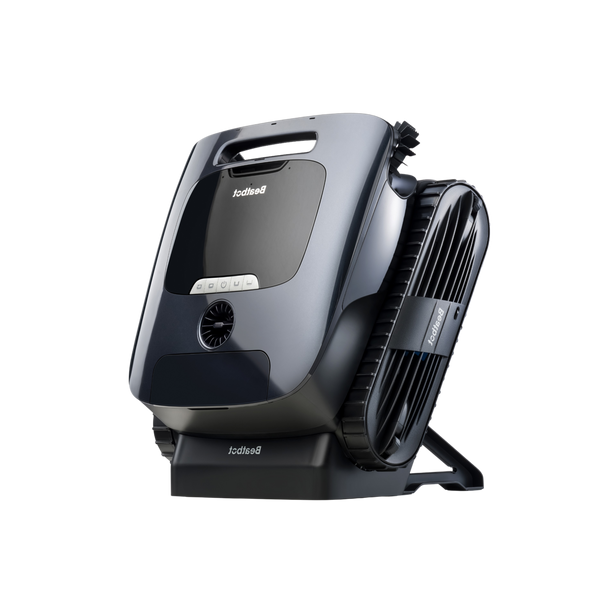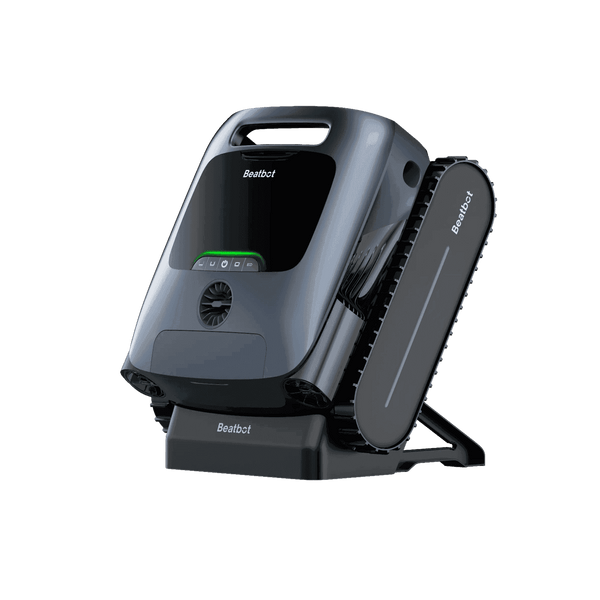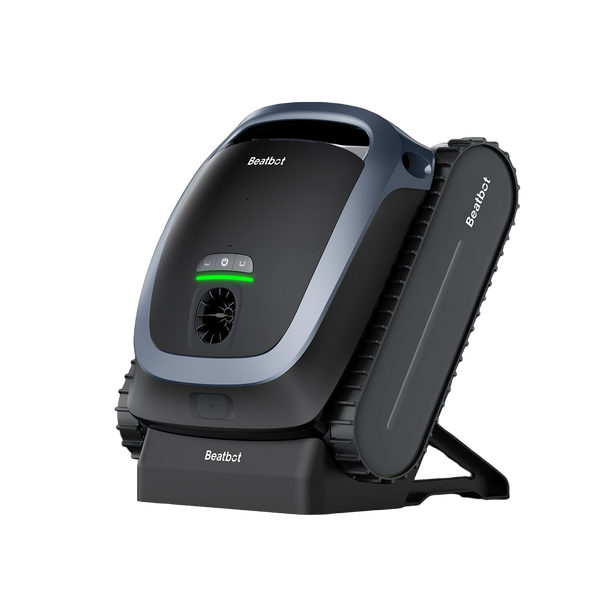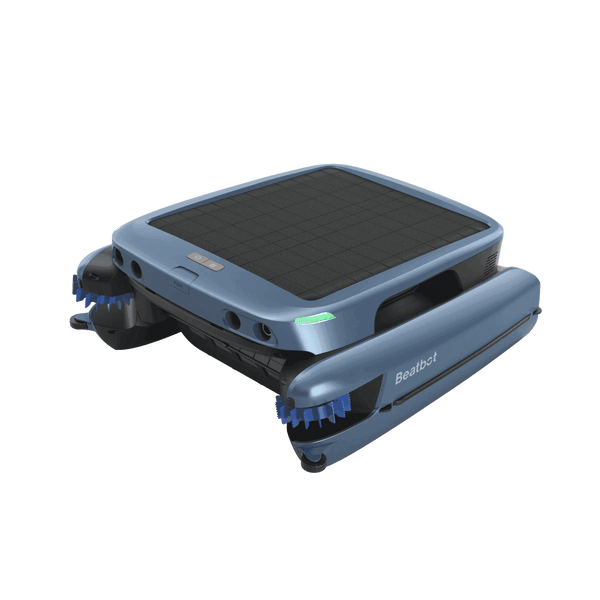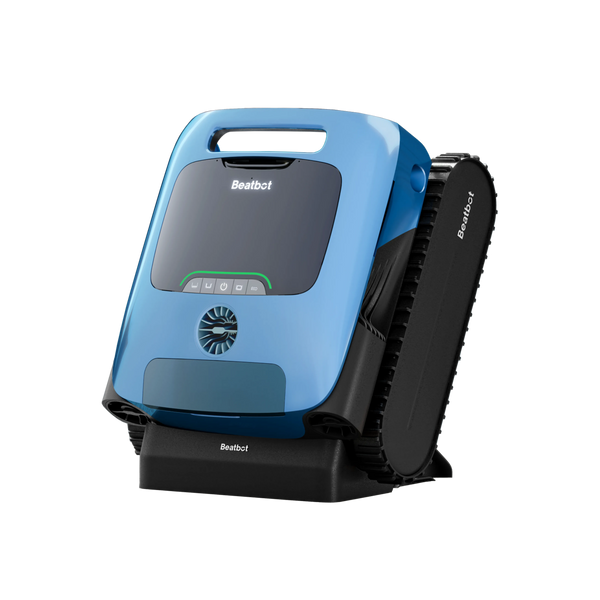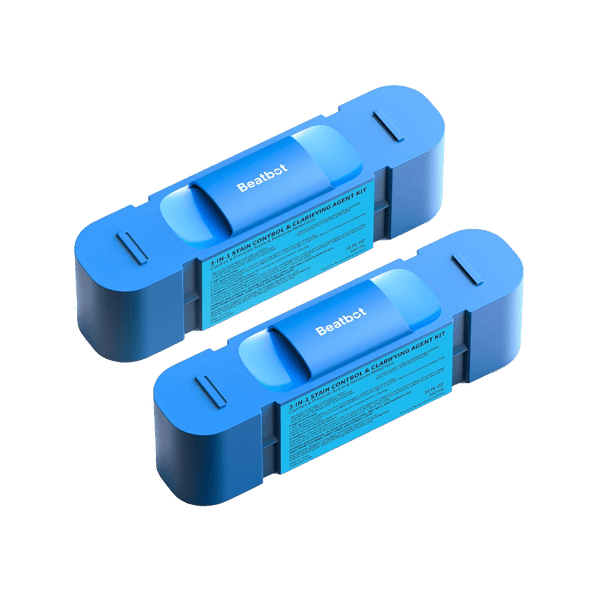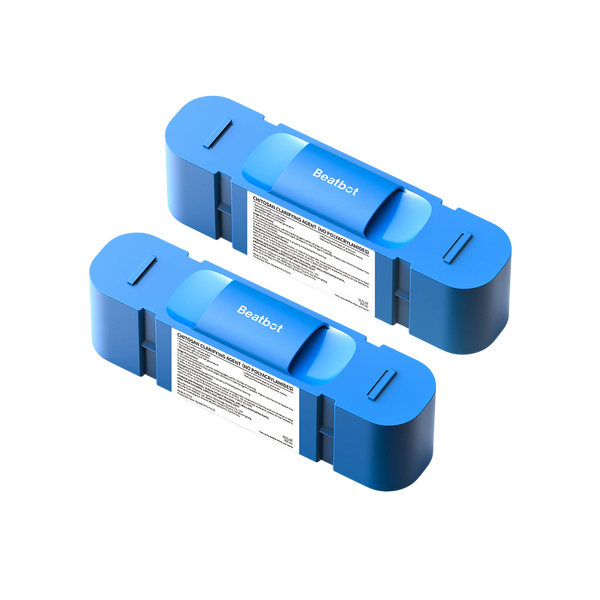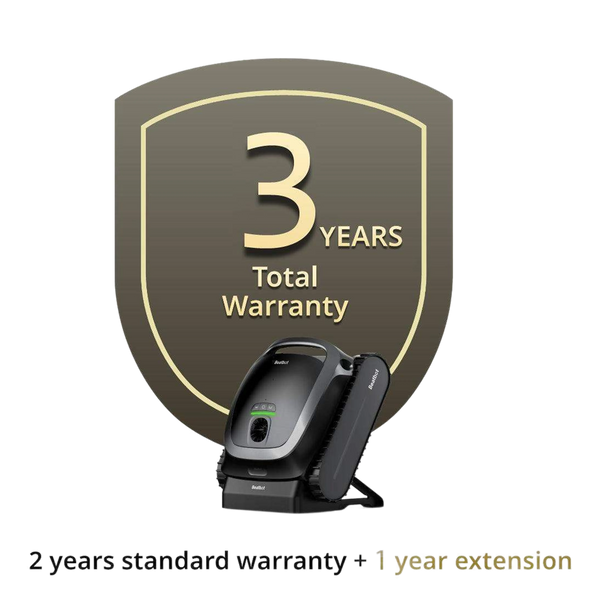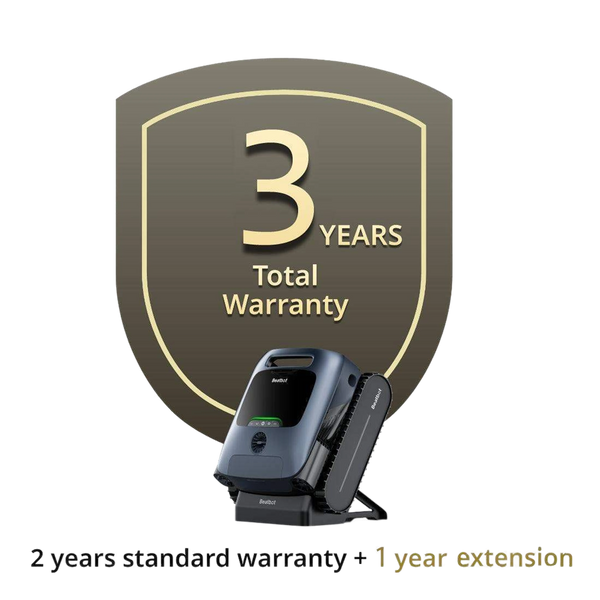Hair Entanglement in Pools: Are Safety Standards Keeping Up?
2025-03-24
I’m Nathanael Greene, a pool professional with over 15 years of designing, constructing, and maintaining pools across Tampa’s humid expanse. My journey began with carefree dives into my granddad’s Georgia pool, but it’s evolved into a career tackling real-world challenges—like the hair entanglement scare I faced on a residential job years back. As a Beatbot blog writer, I’ve dug into the gritty details of pool safety, and hair entanglement’s a lurking risk tied to drain design and water flow. Here’s a look at the issue, current standards, and whether they’re cutting it, grounded in my hands-on battles.

The Mechanics of Entanglement Risk
Hair entanglement hinges on water flow—specifically line velocity. I learned this the hard way when a client’s kid got a scare near a shallow sump drain; the suction was fierce because the flow rate spiked too high. Low velocity—say, under 1.5 feet per second (FPS) through the drain—keeps hair from getting sucked in or tangled under a cover. High velocity, though, can trap hair or even a swimmer if a grate’s missing. It’s not just suction entrapment; it’s the physics of water rushing too fast past poorly designed drains.
Decoding Today’s Standards
Standards have shifted over time, and I’ve seen the codes evolve on jobsites. Older rules like NSPI-5/2003 capped suction at 8 FPS and returns at 10 FPS, with drain covers at 1.5 FPS—solid for safety. By 2013, NSPI-5 deferred drain specs to APSP-7, still holding 1.5 FPS at the cover but dropping pipe velocity limits. Energy codes like APSP-15 and states like Florida push 6 FPS suction and 8 FPS returns for efficiency—not safety. APSP-16/2017 nixed pipe velocity entirely, sticking to 1.5 FPS at the drain. Public pool codes often tighten it further—1.5-3 FPS at the main drain pipe—but residential rules lag. Engineers I’ve worked with aim lower, 4.5 FPS suction and 6 FPS returns, building in wiggle room for construction hiccups.
Where Standards Fall Short
The gap’s glaring—safety standards don’t prioritize low velocity like efficiency codes do. I’ve seen field-built sumps—those hasty shotcrete divots—on too many jobs, shallow and undersized. One spa I fixed had a sump so tight the drain cover was inches from the pipe; water screamed through, begging for trouble. Proper sumps, per SOFA specs, need depth—thicker shotcrete around pipes—to slow flow to that safe 1.5 FPS. Skimp on this, and you’re rolling the dice on hair snags or worse. Standards assume builders nail sump size and manufacturer specs, but I’ve rarely seen it done right without pushing for it.
Bridging the Safety Gap
Experience taught me prevention beats reaction. On a retrofit job, I deepened a sump and swapped a flimsy grate for a compliant cover—velocity dropped, risk vanished. Builders need to prioritize deeper sumps and stick to 4.5 FPS designs, not just the 6 FPS minimum. Homeowners, check your drains—cracked or shallow sumps hide hazards. Beatbot’s AquaSense 2 Ultra , launched at CES 2025, adds a layer of peace—its 5500 GPH suction and AI navigation keep water moving safely, cutting debris that clogs drains and spikes velocity. Standards aren’t enough; smart design and tech can tip the scales.
